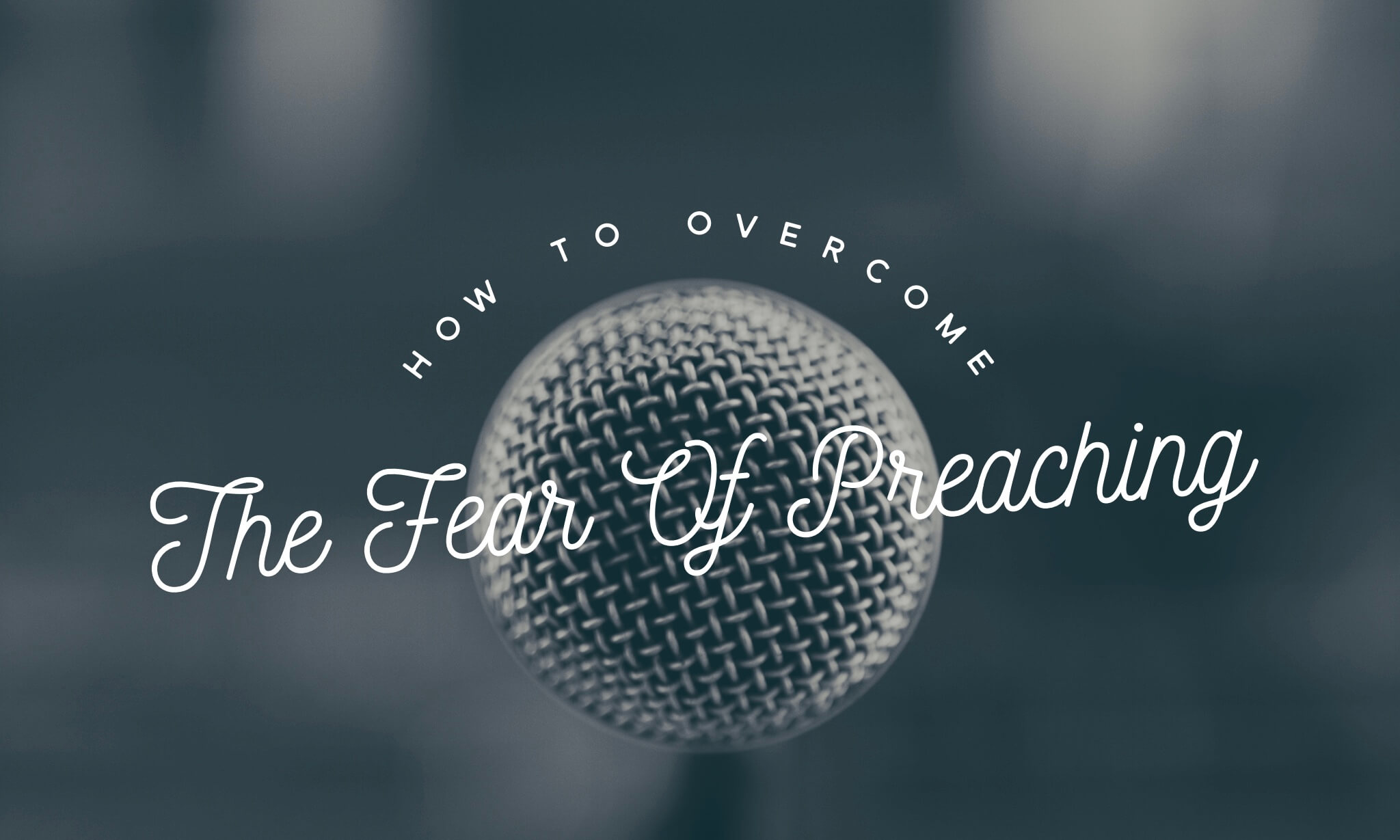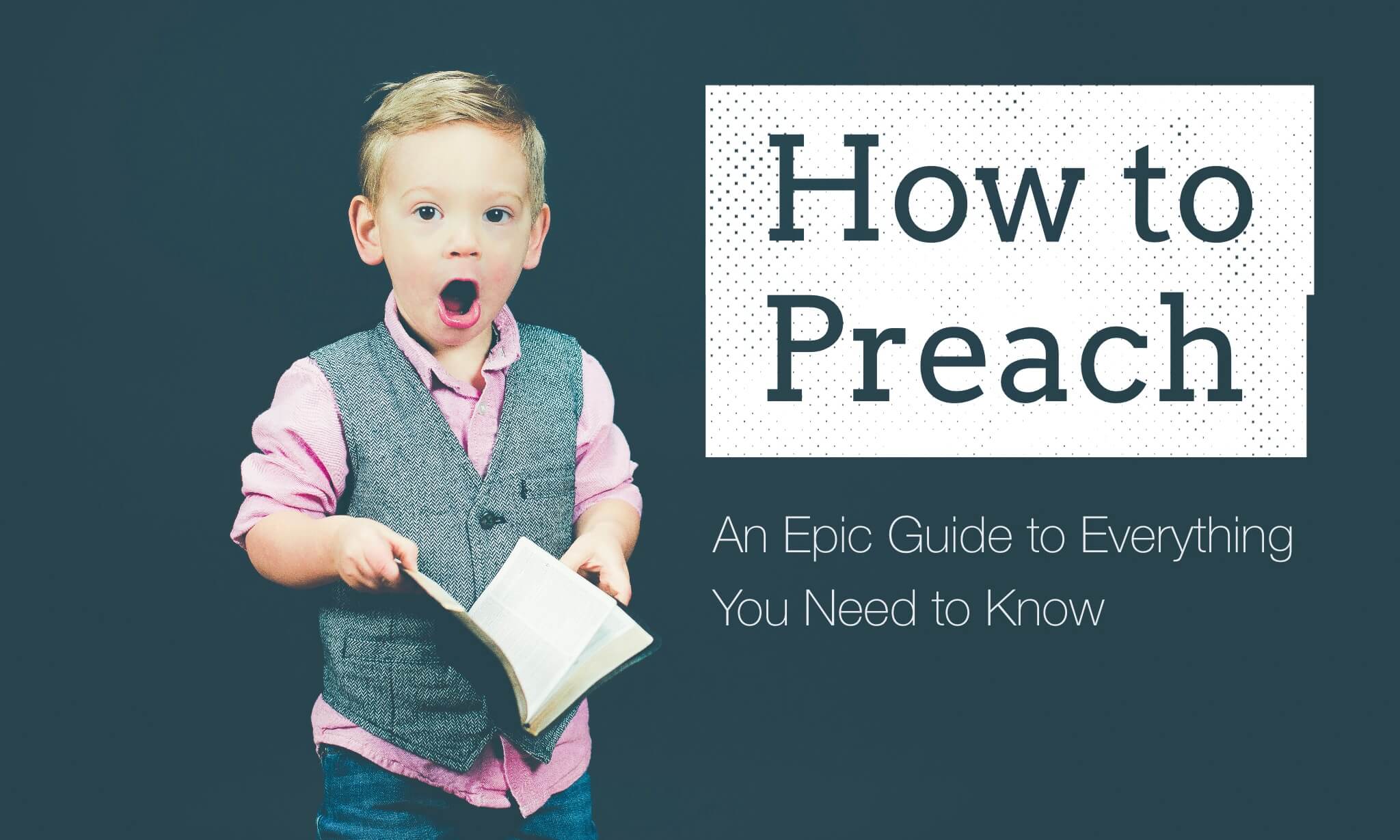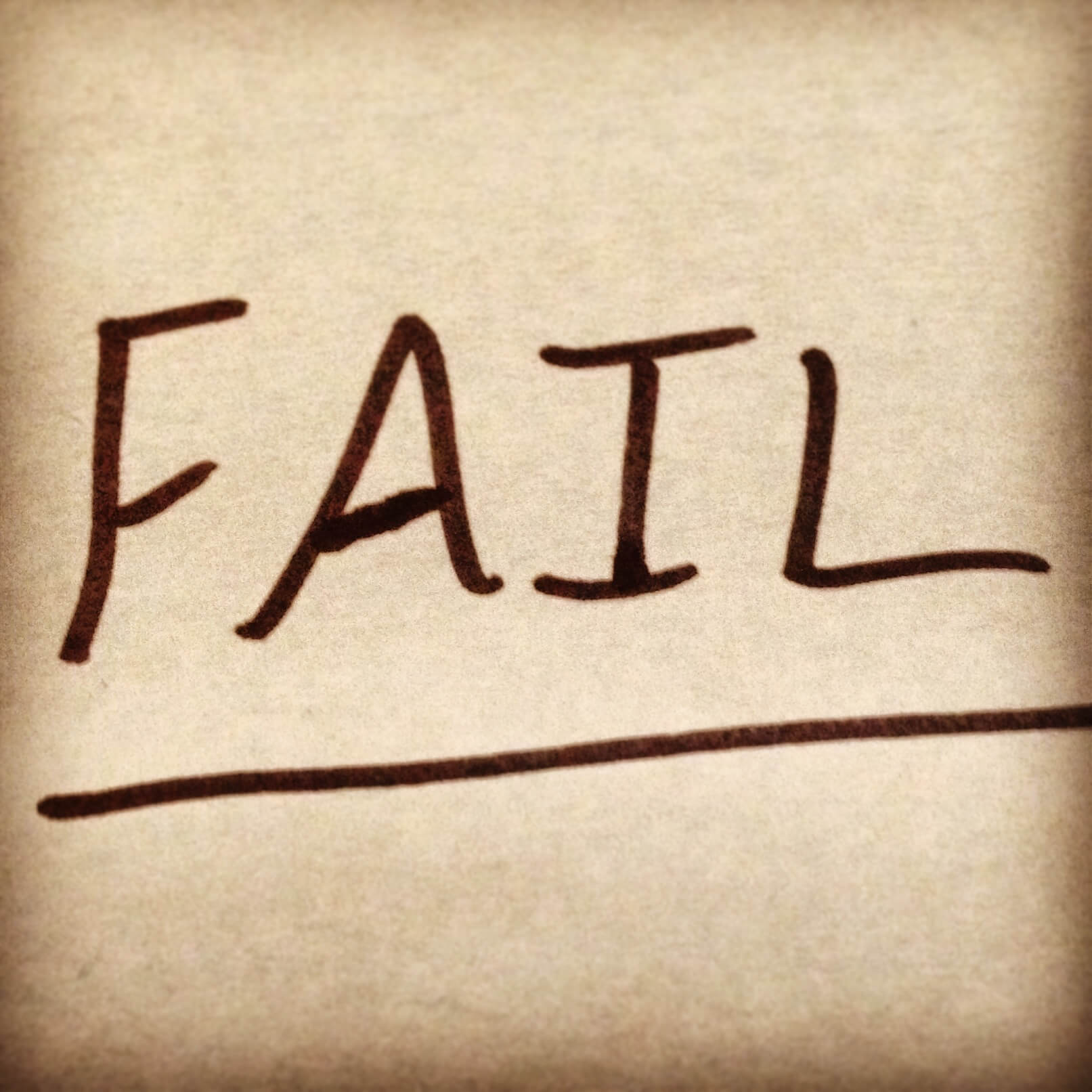VIDEO: The Secret Structure of All Great Talks
What do all of the greatest talks in history have in common? In this TED video, Nancy Duarte explains her findings in analyzing the greatest talks in history.
She came up with a simple form that all great presentations have. Every public speaker should watch this.
Can’t see the video? Click this link.
NOTES:
- The most powerful device known to man is an idea.
- But an idea is powerless if it stays inside you.
- If you communicate an idea in a way that resonates, change will happen.
- Ideas are conveyed most effectively through a story.
- People get physical reactions to good stories. Heart beats faster. Eyes dilate. Get chills.
- Hero archetype: Likeable hero has a desire. Encounters a roadblock. Emerges transformed.
- The presenter isn’t the star of the show. The audience is.
- The shape of all good presentations is showing the gap between what is and what could be.
- Make the gap as big as possible.
- Alternate back and forth between what is and what could be.
- People will resist your idea.
- Harness their resistance and use it to propel your talk forward faster.
- End the talk with “the new bliss.” (Vision of what a world could look like with the implementation of the idea.)
- The more physically involved you can get your audience (laughing, clapping, etc) the more they are involved in what you are saying.
- Steve Jobs marveled more than anything else. “Isn’t this awesome!” “Isn’t this amazing!” Model for the audience what you want them to feel.
- Martin Luther King Jr. started with what is. Ended with what could be. Rapidly alternated between both rhythmically until the end. Created a sense of excitement in the audience.
- Use repetition of key words and phrases.
- Use metaphors that people are familiar with.




